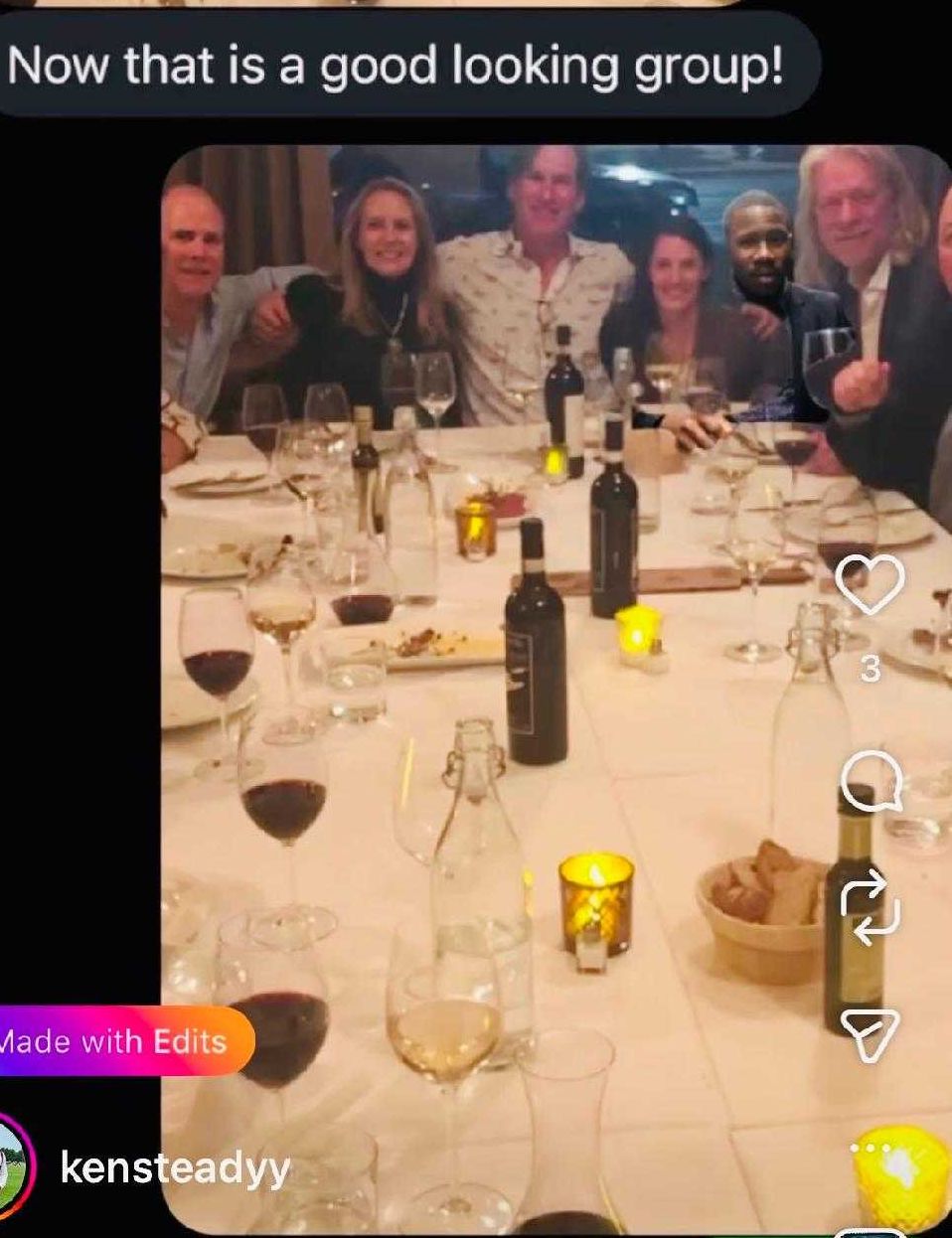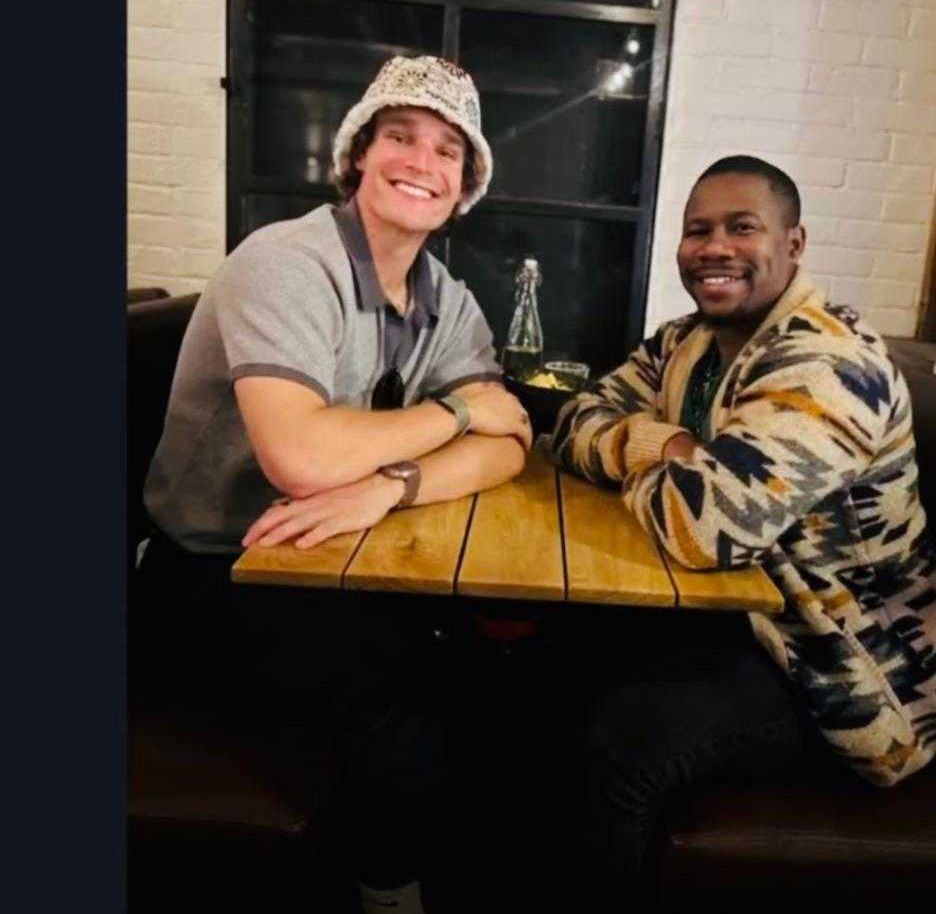Best selling author Nora Roberts donates $50,000 to defunded public library in Michigan
'Libraries are treasures, opening the door to books and stories for all.'

Nora Roberts donates $50,000 to public library.
Sometimes the world can feel a little upside down and one Michigan public library found itself in the middle of topsy-turvy land. Patmos Library in Hudsonville, Michigan, became a hot topic earlier this year after a book in the adult section of the library labeled 14+ was touted as inappropriate material for children. After the small library found its funding cut completely by outraged citizens, its launched a GoFundMe campaign to maintain the library and got support from an unlikely donor, bestselling author Nora Roberts.
Roberts isn't just your average writer, she's penned more than 220 romance novels, and many shoot straight to the bestseller list.
She saw the library's GoFundMe and donated the max amount allowed by the donation platform. Accompanying her donation, Roberts wrote, "Libraries and librarians should be valued and celebrated, never attacked and demeaned. 50k is the limit GoFundMe allows for donations. If you’re short of your goal, please contact me. I’ll make up the rest." With a multitude of bestselling books and no signs of slowing down at the age of 71, Roberts is ready to put more money into the institution.
 Photo by matthew Feeney on Unsplash
Photo by matthew Feeney on UnsplashSure, you may be wondering, if the book caused such an extreme reaction then why keep it in the library? The book was a graphic novel called "Gender Queer" by Maia Kobabe. The novel is about coming to terms with your own sexual identity, but some parents saw the LGBTQ selections as "grooming." For LGBTQ youth who may be in an unaccepting environment at home, books like these can help them feel accepted and understood.
LGBTQ youth are four times more likely to attempt suicide than their peers, but having an affirming space can reduce the suicide risk in youth, even when the support is outside of the home. In a 2022 national survey by The Trevor Project, 45% of LGBTQ youth reported they seriously contemplated taking their own life. So while books about sexual orientation may make some parents uncomfortable, having the information readily available and normalizing conversations around LGBTQ issues could actually be saving lives.
\u201c"Vote NO on Library"\u201d— Jason Scott (@Jason Scott) 1659583566
Patmos Library has a yearly budget of $245,000 and taxes pay for about 85% of the annual budget according to Larry Walton, the library's Board of Trustees president. Without the tax revenue, the library would have to come up with $200,000 to function in 2023. Walton told the Holland Sentinel, “We’ve made it known that here at our facility, we have approximately 90 pieces of material that could be relative to LGBTQ out of a total of 67,000.” This didn't seem to matter because the vote to defund the library passed.
Libraries have always been a safe space for people and a free place for education. If you don't have internet or a computer at home, you can go to the library. If you're not sure how to talk to your child about something, you can ask a librarian for a book recommendation. If you need to build a new resume or learn to use Excel for a new job, many public libraries offer free classes.
Libraries are so much more than a place to get books. They're a place to feel safe and seen. When I was younger living in a big city, if I was afraid walking down the street or unsure where I was, I would duck into the library.
Not having a library due to funding being cut over a few books that make someone feel normal is a disservice to everyone in the community. Seeing a bestselling author, whose books are likely on the shelves of that very library donating such a large sum of money to keep the building functioning is amazing.
Roberts told Bridge Michigan, “Libraries are treasures, opening the door to books and stories for all. Librarians, to me, are the guardians of those stories. I find the idea of librarians — who offer community services beyond reading — facing threats and attacks, a community library facing defunding both appalling and sad. It’s an honor for me to stand up for the Patmos Library and its staff.”
- Librarian finds treasures in returned library books - Upworthy ›
- People donate money to defunded library - Upworthy ›
- People are celebrating libraries and it's so wholesome - Upworthy ›
- Famous authors uplift disheartened debut novelist - Upworthy ›
- 100-yr-old woman speaks out against book bans - Upworthy ›



 In a 4-day model, kids often (but not always) receive less instructional time. Photo by
In a 4-day model, kids often (but not always) receive less instructional time. Photo by 
 Xennial woman with her Boomer
Xennial woman with her Boomer  A Xennial son spends time with his Baby Boomer parent.
A Xennial son spends time with his Baby Boomer parent. A Xennial son goofs around with his Baby Boomer dad.
A Xennial son goofs around with his Baby Boomer dad.

 A modern bathroom. Photo by
A modern bathroom. Photo by 
 Kendrick Constant photoshops himself into a group photo. Photo Credit: Kendrick Constant
Kendrick Constant photoshops himself into a group photo. Photo Credit: Kendrick Constant Kendrick Constant has dinner with his friend Beck.Photo Credit: Kendrick Constant
Kendrick Constant has dinner with his friend Beck.Photo Credit: Kendrick Constant